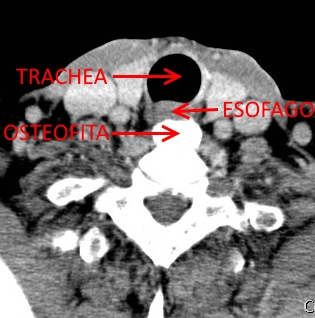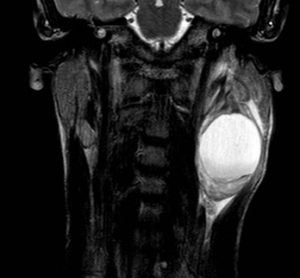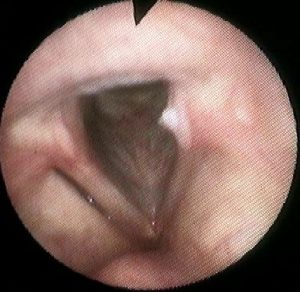Controllo endoscopico pre e post intervento di exeresi di neoformazione della corda vocale destra asportato mediante intervento di cordectomia LASER di III tipo dopo vestibulectomia. L’esame istologico definitivo ha confermato un carcinoma squamocellulare G2 pT1a asportato in margini indenni.

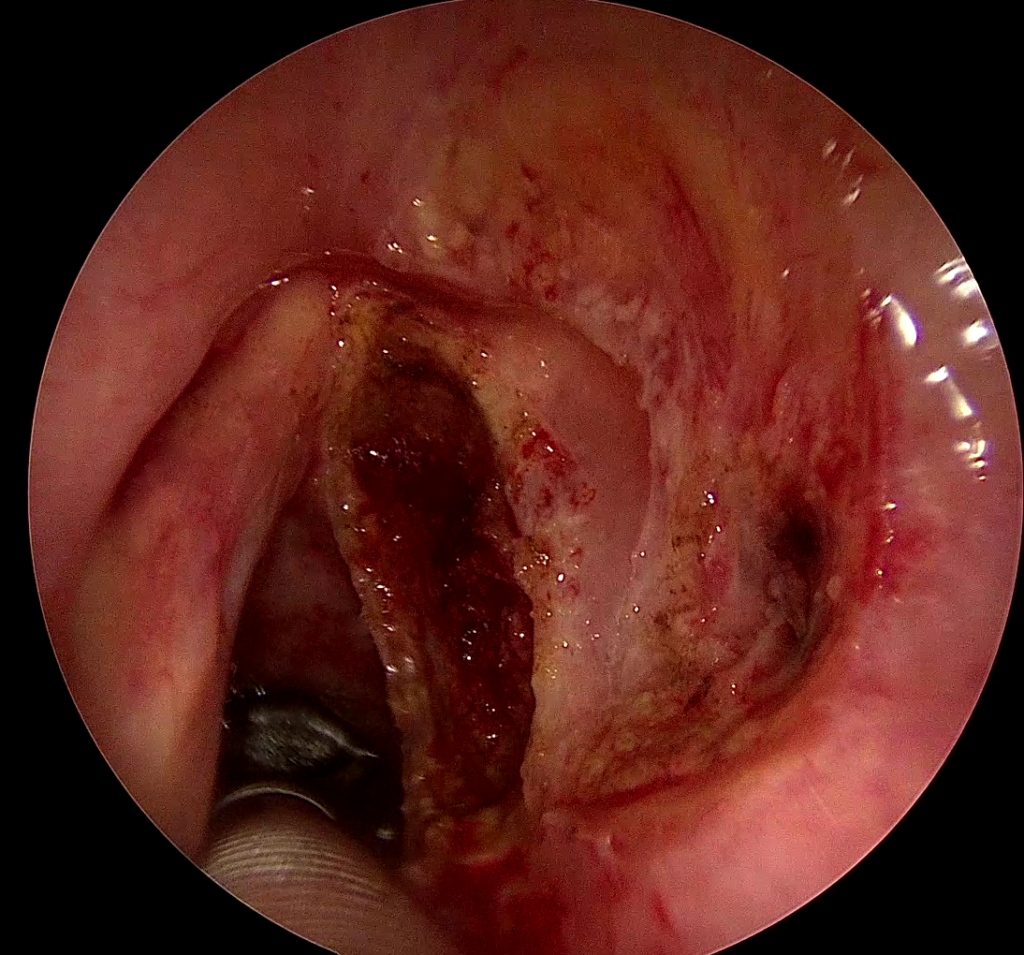

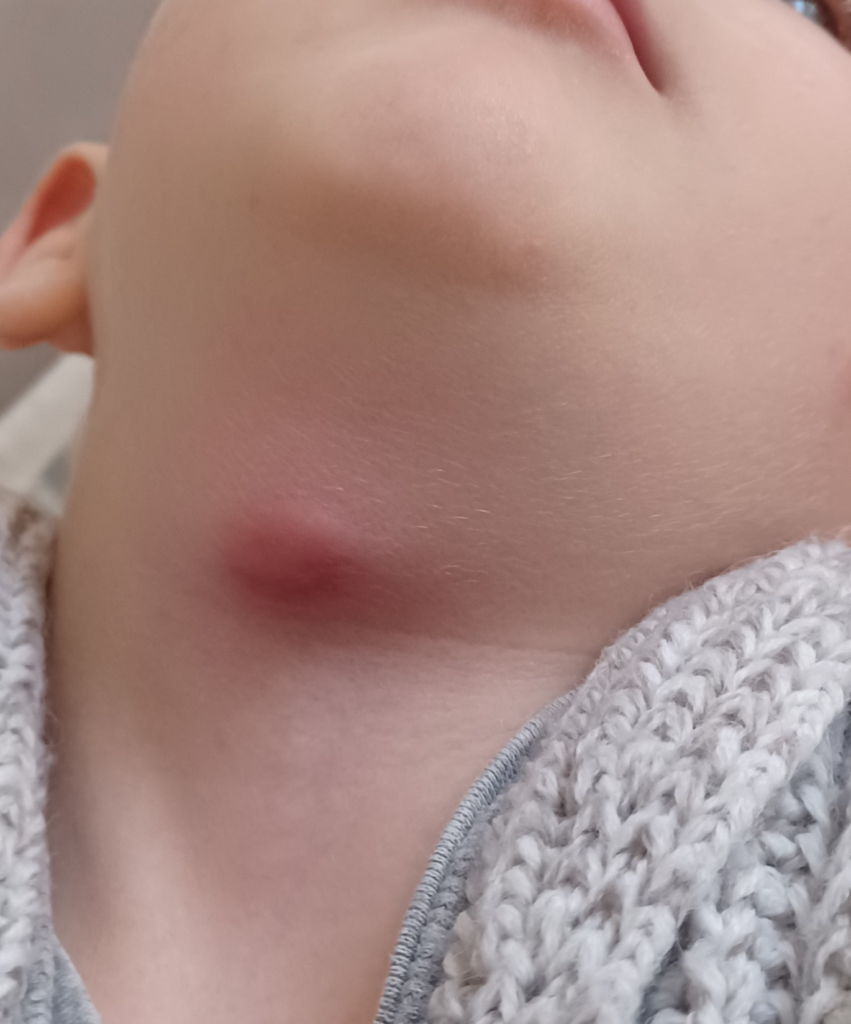
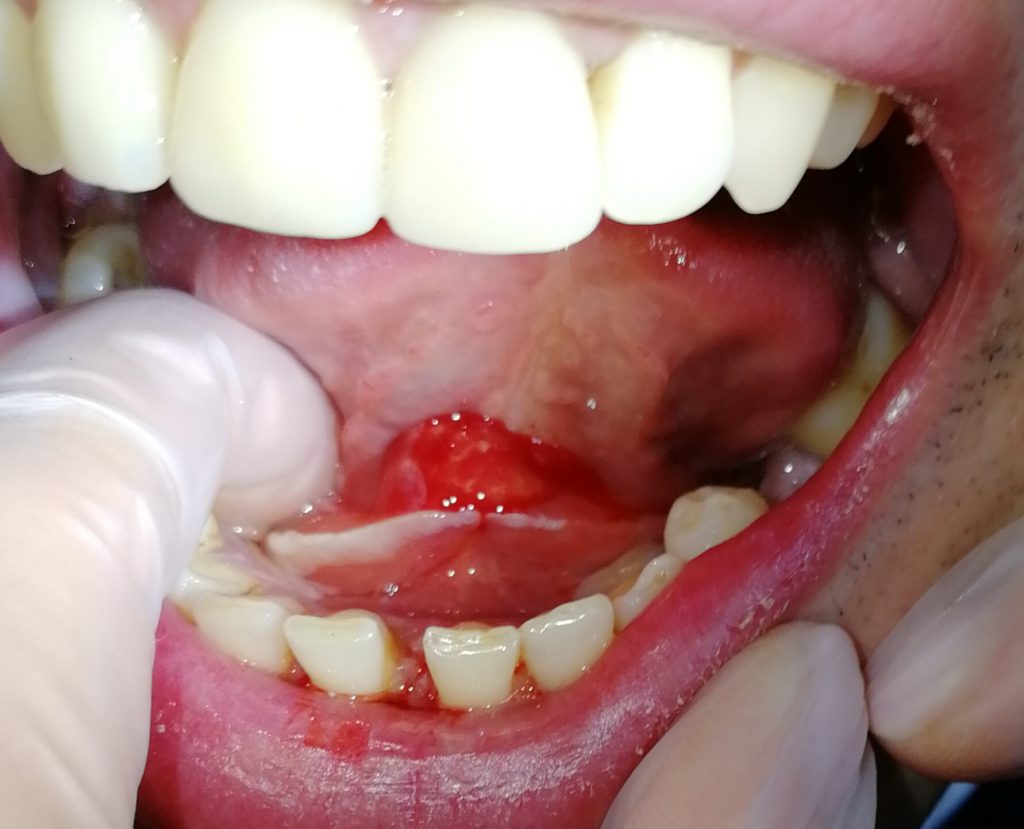
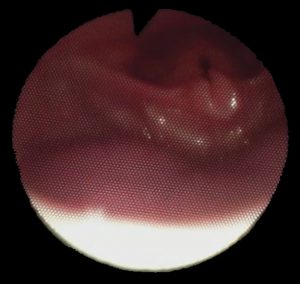
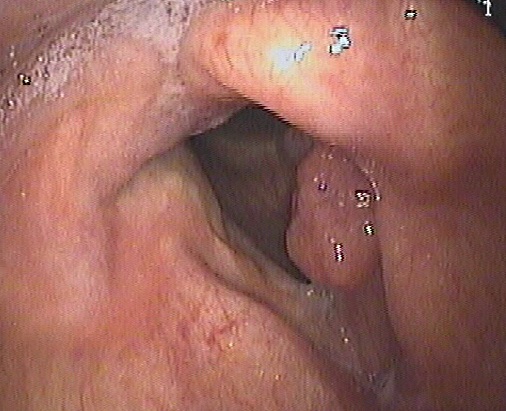
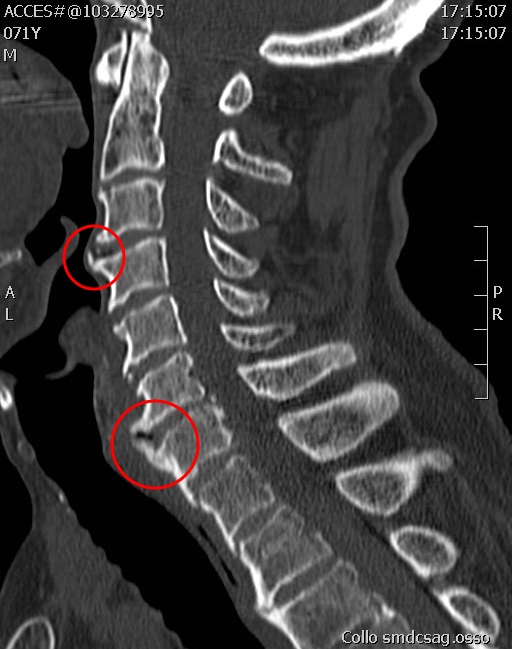 Forestier's disease or idiopathic skeletal HYPEROSTOSIS (DISH) is a syndrome, with no known cause, characterized by the formation of osteophytes spinal cord with ossification of paravertebral muscles and ligaments.
Forestier's disease or idiopathic skeletal HYPEROSTOSIS (DISH) is a syndrome, with no known cause, characterized by the formation of osteophytes spinal cord with ossification of paravertebral muscles and ligaments.